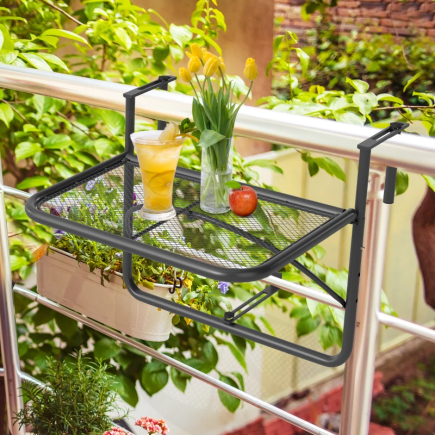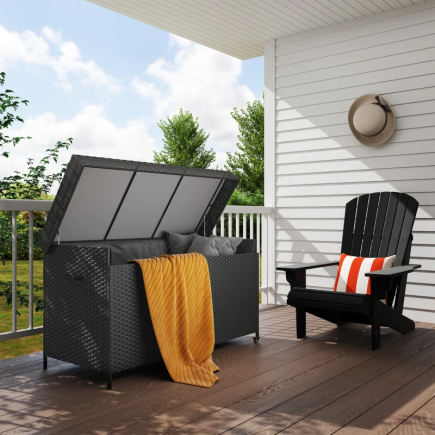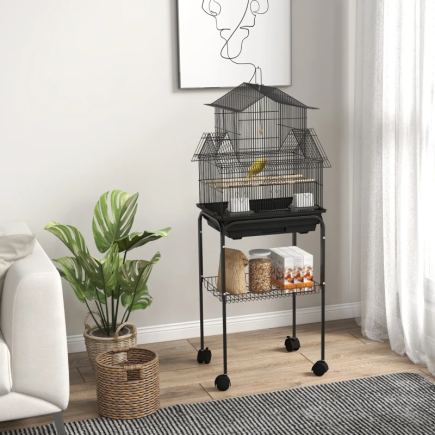
A jewelry armoire is designed to keep your collection in order, but without a proper system, it can quickly become cluttered and chaotic. The real benefit of an armoire comes when every compartment, drawer, and hook has a clear purpose. Instead of spending precious time untangling chains or searching for matching earrings, you should be able to open your armoire and instantly see what you need.
This step-by-step guide provides practical methods, detailed storage strategies, and maintenance routines so your jewelry armoire works like a professional display case.
Step 1: Empty and Sort Before Organizing

Before you can create order, you need to know exactly what you own. Emptying your armoire gives you a fresh start and prevents simply rearranging existing clutter.
How to sort effectively:
- By type: Separate rings, earrings, necklaces, bracelets, watches, and brooches. This ensures you can assign dedicated spaces later.
- By frequency of use: Identify everyday pieces versus occasional or heirloom items. Daily wear should be most accessible.
- By material: Group silver, gold, costume jewelry, and pearls separately. Different materials have different storage needs.
- By condition: Put aside broken, tarnished, or worn items. Decide if they’re worth repairing, cleaning, or discarding.
Why this matters: Without a proper audit, items you rarely use take up prime space, and delicate pieces risk damage from being crammed together.
Step 2: Plan the Layout of Your Armoire
Once you’ve sorted, you can design a functional layout. An armoire typically includes drawers, hooks, side panels, and sometimes hidden compartments. Each part should serve a specific role.
Sample Layout Structure
| Section | Best Use | Example Items |
| Top drawers | Small, delicate jewelry | Stud earrings, thin rings, cufflinks |
| Middle sections | Quick-access daily wear | Watches, bracelets, favorite earrings |
| Hooks/side panels | Prevent tangling and display long pieces | Necklaces, chains, pendants |
| Wide lower drawers | Bulky or seasonal jewelry | Bangles, statement necklaces, large sets |
| Lockable compartments | Valuable or heirloom jewelry | Diamond rings, luxury watches |
Tip: Sketch a rough plan before you start putting items back. This prevents reorganizing multiple times.
Step 3: Prevent Tangling and Damage

One of the main frustrations with jewelry storage is damage caused by improper placement. Necklaces knot easily, earrings scratch one another, and fine metals tarnish when exposed to the wrong conditions.
Preventative methods:
- Individual hooks for necklaces: Never double up two pieces on the same hook.
- Divided earring slots: Prevent studs from rubbing together or mixing with larger pieces.
- Separate storage for costume jewelry: Keep away from fine jewelry to avoid scratches or metal transfer.
- Soft lining for trays: Always choose velvet, suede, or felt-lined compartments to prevent abrasions.
- Use anti-tarnish inserts: Place strips in drawers holding silver jewelry to reduce tarnishing.
Step 4: Use Trays and Dividers for Small Jewelry

Small jewelry is easily misplaced without proper dividers. Rings, studs, and cufflinks especially need separation.
Options to consider:
- Velvet-lined trays: Ideal for rings and delicate studs. They protect surfaces and stop pieces from sliding.
- Stackable drawer organizers: Allow expansion as your collection grows.
- Transparent acrylic dividers: Provide full visibility, perfect for users who like to see all options quickly.
- Tiered trays: Keep categories separated while maximizing vertical space inside a deep drawer.
Pro setup idea: Keep a three-tiered tray system:
- Top tier: daily wear rings and earrings.
- Middle tier: specialty items like brooches or pins.
- Bottom tier: seasonal or bulky pieces.
Step 5: Create a Section for Everyday Jewelry

Everyday jewelry should not be mixed with occasion-only items. Having a designated section saves time and reduces wear from constant handling.
How to set up:
- Reserve a shallow top drawer for daily studs, watches, or wedding rings.
- Place a small tray or dish inside the armoire to drop jewelry into at night.
- Keep this section uncluttered , no more than 10:15 pieces at a time.
Rotating pieces in and out of this section ensures seasonal accessories (like anklets in summer or heavier jewelry in winter) remain visible when relevant.
Step 6: Group Jewelry by Style and Use

Beyond separating by type, grouping by style, size, or color family makes accessorizing faster.
Examples:
- Store all gold-tone jewelry in one drawer, silver in another.
- Separate chunky statement pieces from minimalist designs.
- Keep formal jewelry apart from casual or everyday items.
- Dedicate one drawer for sentimental or heirloom pieces you wear occasionally but want accessible.
This system not only saves time but also reduces mixing metals or styles that don’t belong together.
Step 7: Secure Valuables

A jewelry armoire is ideal for storage, but not all models offer high security. Protecting your most valuable pieces requires planning.
Security methods:
- Use lockable sections if your armoire includes them.
- Place heirloom jewelry in hidden or bottom drawers rather than open trays.
- Consider a small lockbox or safe stored within or near the armoire for particularly high-value items.
- If your armoire is free-standing, anchor it to the wall to prevent tipping or easy removal.
Step 8: Use the Armoire as Display and Storage

An armoire can be both functional and aesthetically pleasing. Well-organized jewelry is visually appealing and makes the selection process easier.
Display techniques:
- Arrange jewelry by color gradients for a boutique-like appearance.
- Place statement necklaces at eye level for quick access.
- Use glass-top trays so items are visible without opening drawers.
- Keep larger drawers organized by placing items in small open boxes within the drawer, preventing them from shifting.
This turns your armoire into a personal display rather than a cluttered container.
Step 9: Allocate Space for Specialty Jewelry

Some jewelry types need special attention due to their fragility or design.
Storage requirements:
- Watches: Store on cushioned holders or watch pillows.
- Pearls: Always store flat in soft-lined pouches. Avoid hanging as it weakens the silk thread.
- Silver jewelry: Use anti-tarnish cloth bags or lined trays. Keep separate from other metals.
- Costume jewelry: Store in dry compartments. Keep away from moisture to prevent peeling or discoloration.
- Chunky or oversized items: Place in wide drawers with dividers to prevent crowding.
Maintain and Reorganize Regularly
An organized armoire requires ongoing maintenance. Without regular upkeep, even the best system becomes disorganized.
Maintenance schedule:
- Monthly: Quick check to ensure everything is in its section. Wipe down surfaces.
- Quarterly: Declutter. Remove broken or unworn items. Clean velvet linings with a lint roller.
- Annually: Deep clean the entire armoire. Polish metal handles, vacuum interiors, and reassess layout to accommodate new jewelry.
Regular maintenance ensures your armoire continues to function as intended and grows with your collection.
Organized, Accessible, and Ready to Wear
A well-organized Jewelry Armoire should feel like a personal boutique. When each piece has a designated space rings in cushioned trays, necklaces on hooks, earrings in divided slots,you avoid tangles, damage, and wasted time. By maintaining your system with regular checks and adjustments, your armoire will remain both practical and visually appealing.
FAQs
1. How do I stop necklaces from tangling inside my armoire?
Use individual hooks or rods for each necklace. For delicate chains, thread them through narrow tubes or straws before hanging.
2. What’s the most efficient way to organize earrings?
Stud earrings should go in lined slots or divided trays. Hanging earrings should be placed on racks or bars, never mixed with studs.
3. How do I expand storage without buying a new armoire?
Use stackable trays or add drawer organizers. Reallocate less-used jewelry to bottom drawers and keep only favorites in quick-access sections.
4. How should I secure expensive pieces inside an armoire?
Use the lockable sections. If unavailable, add a small fireproof safe inside your closet and keep valuables separate from fashion jewelry.
5. My armoire feels cluttered even after organizing. What can I do?
Reassess your categories. Remove items you no longer wear, assign more space to your most-used jewelry, and use dividers to reduce crowding.






















